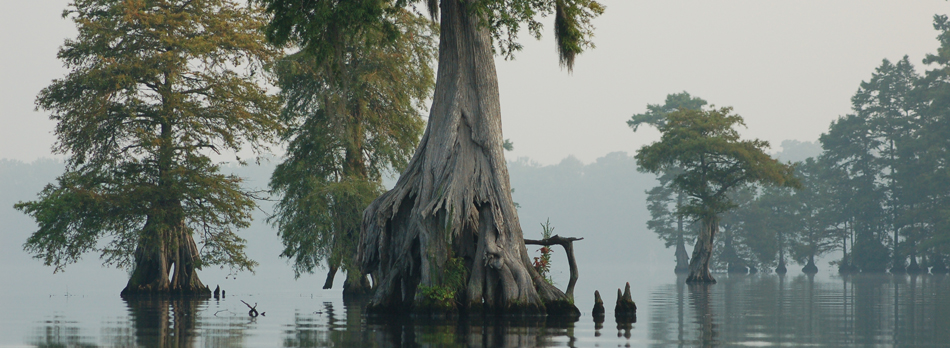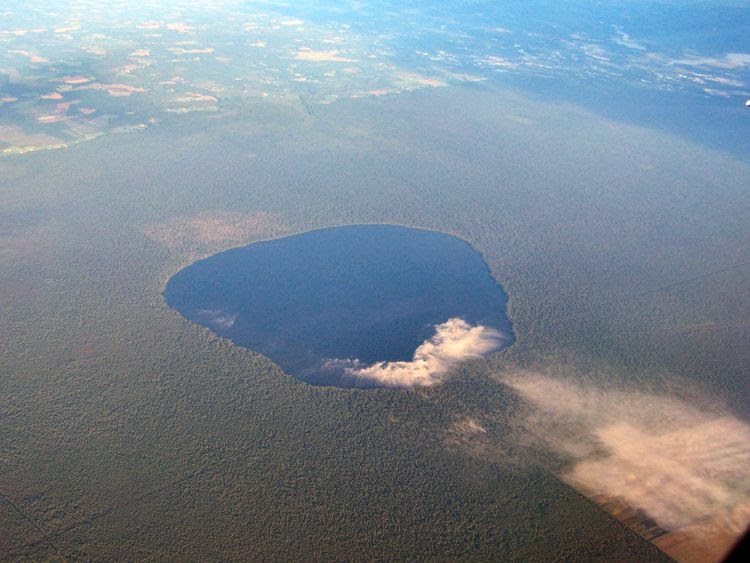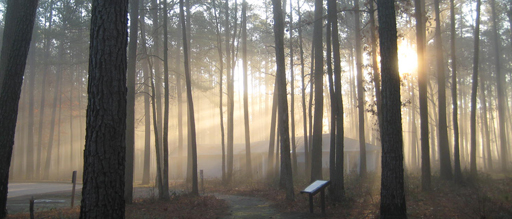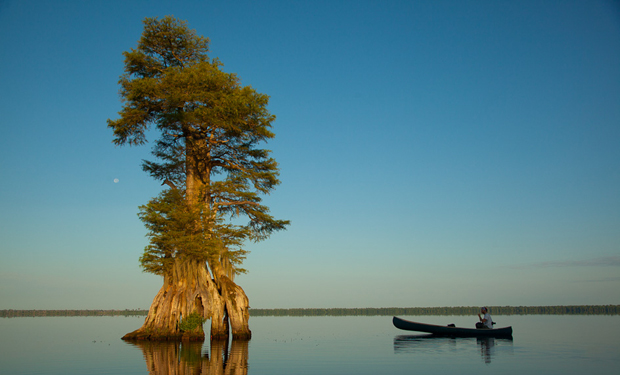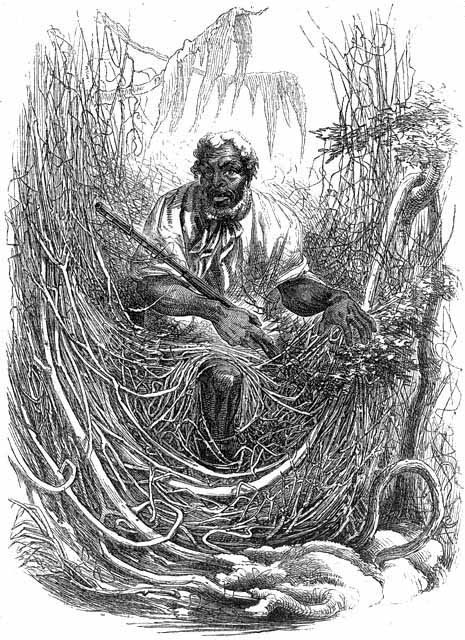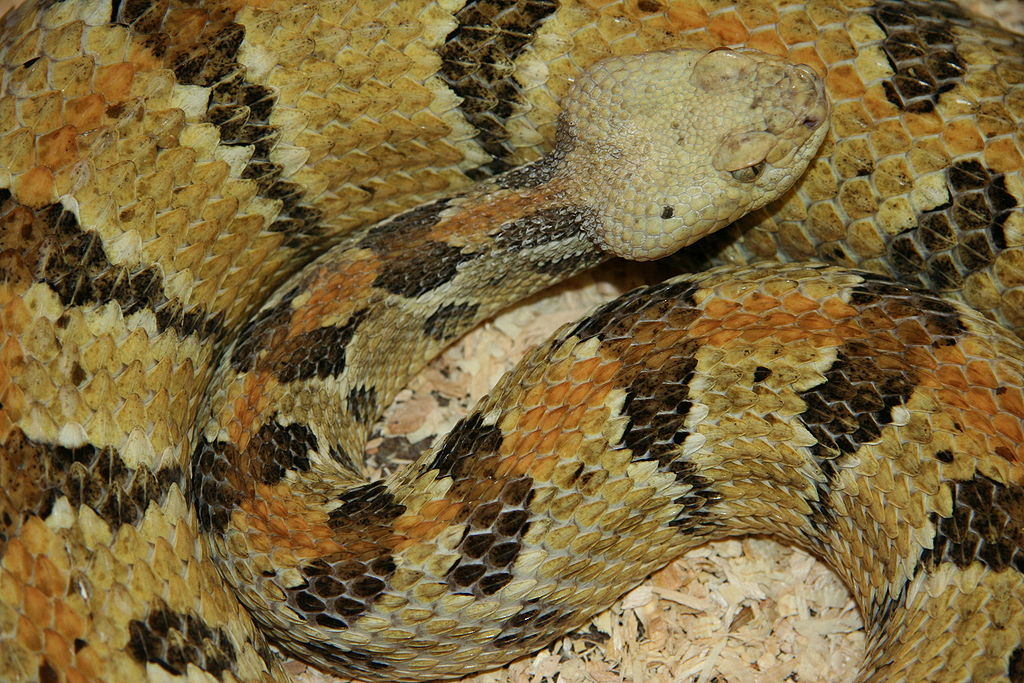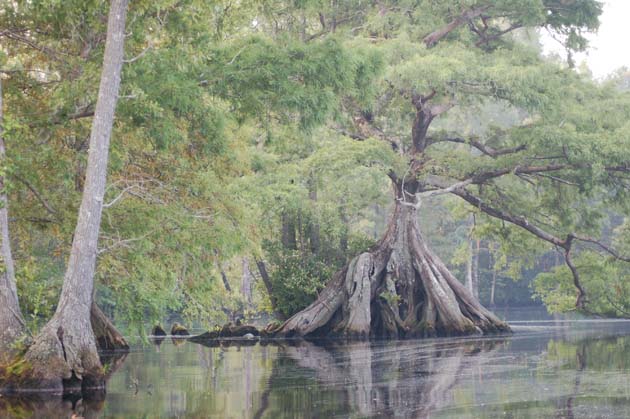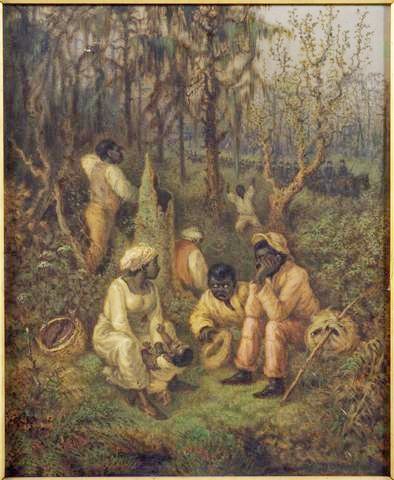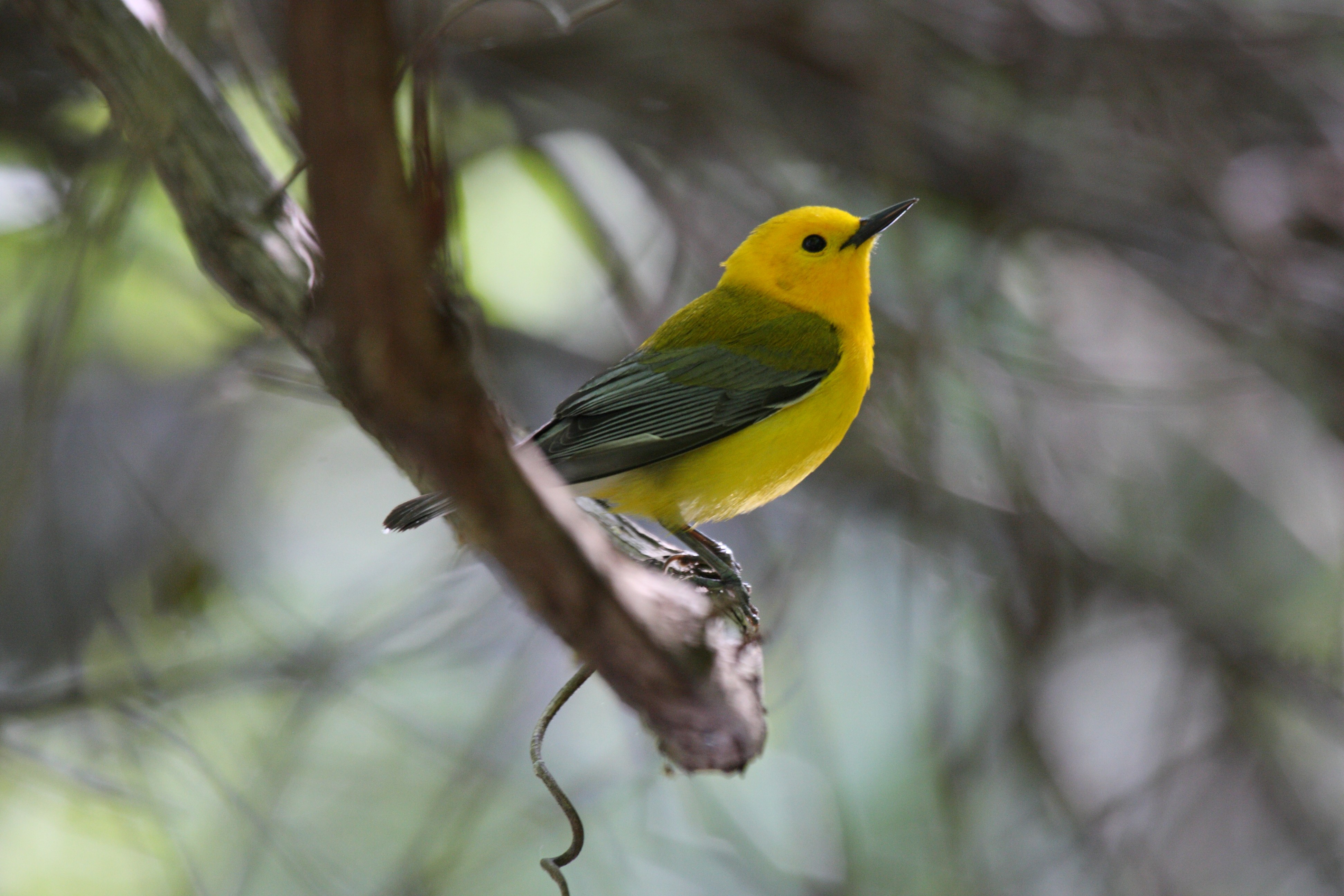A Short History Of The Great Dismal Swamp
Having written about the incredible Okefenokee swamp in the US of A and the Great Vasyugan Mire in Siberia I thought it appropriate to continue the theme. So, today, I am proud to introduce to you the Great Dismal Swamp. What a name.
The Great Dismal Swamp sits in southeastern Virginia and it’s one of the last truly wild areas in Eastern America. The swamp covers an impressive 1,000,000 acres (4,000 km2) and after centuries of logging almost irreparably ruined its ecosystem, it was turned into a National Wildlife Refuge in 1974. The swamp consists of large swathes of forested swamp land and a huge circular lake in the centre.
The Great Dismal Swamp has been inhabited off and on by humans for 13,000 years. Its less than cheery name was given to it by William Byrd II who surveyed the site whilst establishing a boundary between the Virginia and North Carolina colonies in 1763. As the name suggests, he wasn’t too keen on the area.
In 1763, George Washington visited the swamp, and founded the awesomely named Dismal Swamp Company. The company attempted to drain the swamp and clear it for settlement. Swamps don’t like to be drained so the company eventually switched to the more profitable pastime of timber harvesting.
During the dark days of slavery the Great Dismal Swamp acted as a safe haven for African-American Maroon societies. These societies consisted of groups of escaped and freed slaves who started their own settlements away from their previous masters. Maroonage occurred wherever slavery reared its ugly head, from North America to Central and South America, from Asia to the Caribbean.
The group of Maroons in the Dismal Swamp was particularly large, some say the largest in the United States. Between 1700 and the mid 1800’s the Maroons numbered in their thousands.
Life for the Maroons was hard thanks to dense underbrush, insects, poisonous snakes (three species in total – cottonmouth, canebrake rattlesnake, and the copperhead), oppressive heat and humidity and a healthy bear population.
But, despite all the hardships and horrors, Maroons were born, and lived out their entire lives in the swamp. Many Maroons did not leave the Dismal Swamp unless they really needed to, through fear of recapture. A living was eked out by trading with less scrupulous white folks, bartering with timber and providing cheap labour.
A variety of groups lived in the Dismal Swamp around this time. Native Americans had been living in there for possibly hundreds of years. You also had freed slaves living on the outskirts alongside white criminals. Those who wished to evade detection entirely braved the impenetrable interior of the swamp lands.
Every so often the Dismal Swamp would be raided by militia men and their dogs who feared large groups of Maroons might rise up and cause trouble for polite white society. Unlike other Maroon settlements, the Dismal Swamp Maroons often evaded the men and their dogs and their homes managed to remain unfound.
During the Civil War, the United States Colored Troops entered the Dismal Swamp to liberate the people there, many of whom then joined the Union Army. Most of the Maroons who remained in the swamp left after the Civil War.
Archaeological groups study the swamp today to try to unearth more information about how these Maroons managed to survive in such unrelentingly harsh conditions. The swamp is not an easy place to work in for these research teams and in 2003 one group gave up their study entirely because they constantly became lost in the mire.
Interestingly, no bodies have ever been dug up in the swamp, it’s thought that the acidic conditions dissolve any bones left lying about.
As with the other swamps I’ve covered, the Great Dismal Swamp is a safe haven for flora and fauna. Plant life includes bald cypress, tupelo, maple, Atlantic white cypress, and pine to name but a few. Critters here present include black bear, bats, mink, bobcat, otter, and weasel, as well as over 70 species of reptiles and amphibians.
More than 200 bird species can be spotted within the swamp throughout the year and 96 of these species make their nests in the refuge. Some notable avian dwellers are the wood duck, barred owl, pileated woodpecker, and prothonotary warbler (pictured above).
As ever, the most impenetrable habitats for humans are the most vibrant places for wildlife. It’s a shame we can’t be trusted to leave them alone. The area around Chernobyl, for instance, is having a wonderful resurgence of wildlife now that humans have backed off. Will we never learn? Probably not.

